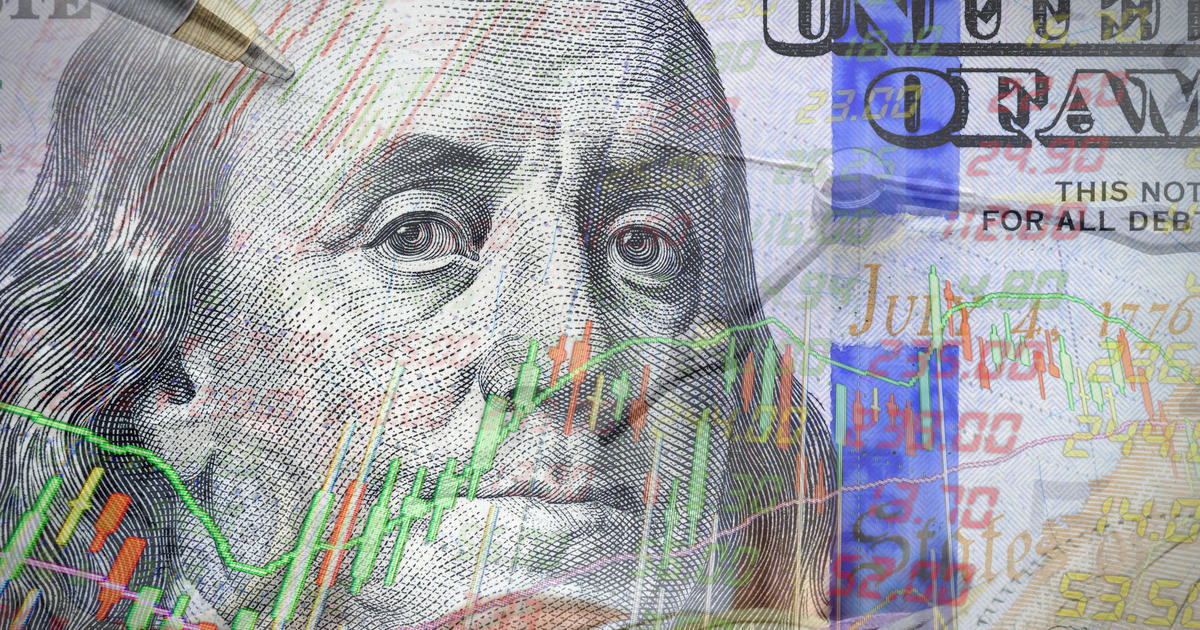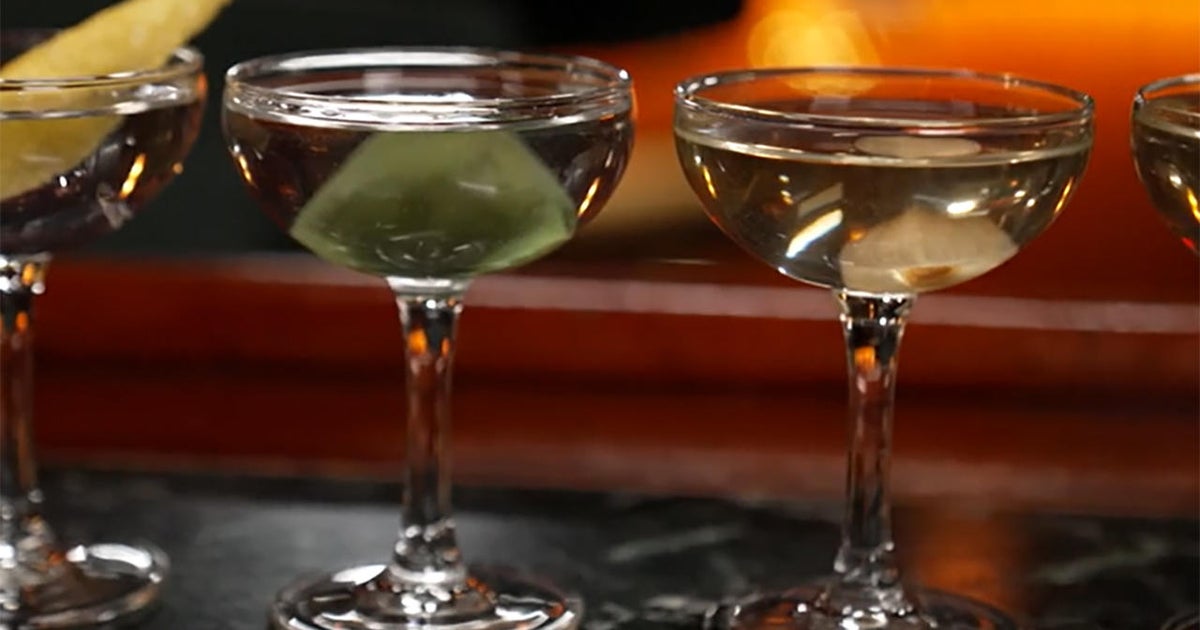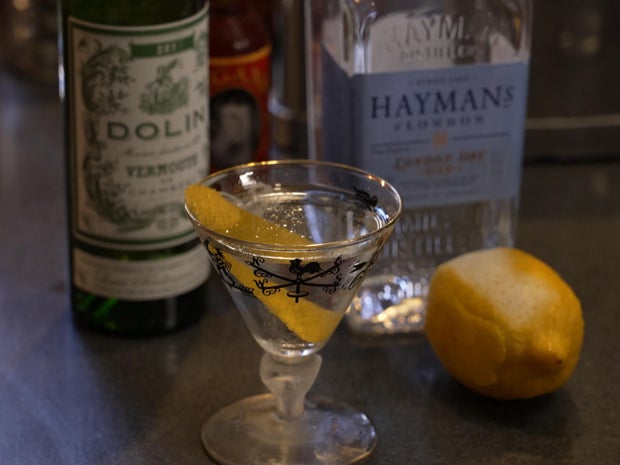CBS News
The Fed is keeping interest rates high. Here are 3 things savers should do now.

Getty Images
Americans hoping for an interest rate cut will have to wait longer.
That was the main takeaway Wednesday after the Federal Reserve announced that it was keeping the benchmark interest rate unchanged — at a 23-year high between 5.25% and 5.50%. While hope for an interest rate cut was high at the start of the year, disappointing inflation reports since that time have pushed rate cuts off for later this year. The Fed won’t even meet again until April 30, meaning that higher rates will remain elevated for at least the next few weeks.
While these rates aren’t helpful for borrowers, they can be beneficial for savers, especially now that a rate cut doesn’t look as inevitable as many had hoped for. Against this backdrop, there are multiple smart moves savers should strongly consider making now. Below, we’ll break down three of them.
3 things savers should do with interest rates remaining high
Here are three things savers should do now that rates will remain elevated for longer.
Open a CD
Certificates of deposit (CDs), whether they be short-term or long-term, offer savers a great way to boost their savings right now. And now that interest rates will stay high for a bit longer the window of opportunity has just been extended.
So it makes sense to take advantage now, especially considering that CD interest rates are locked, meaning that savers will earn that rate for their full CD term, even if the average rate drops during that term. With rates as high as 7% for select savers, but with a multitude of options hovering close to 6% right now, savers should act today to lock in a great CD rate.
Open a high-yield savings account
High-yield savings account rates aren’t quite as high as the best CDs but they’re competitive. Plus, they operate the same way traditional savings accounts do, albeit with a higher interest rate. Because of this, savers won’t get penalized for accessing their funds with withdrawals and additional deposits.
That said, the interest rate on high-yield savings accounts is variable and is subject to change based on market conditions. But with the Fed’s announcement, rates on these accounts will remain high for the foreseeable future. So if you want to earn significantly more on your savings — but don’t want to give up the freedom and flexibility that CD accounts mandate — a high-yield savings account could be great to open now.
See how much you could be earning with a high-yield savings account here today.
Close their traditional savings account
The average interest rate on a traditional savings account rose this week … to 0.47%. So, if you have one of these accounts, not only are your funds not keeping up with inflation, you’re losing money compared to what you could be earning with a CD or high-yield savings account. While CDs may not provide the accessibility you’ll need, a high-yield savings account will and it will do so with that elevated APY.
It makes sense, then, to close the traditional savings account and open a high-interest-earning one, instead. There are even high-yield checking accounts that could be valuable to open now. Just don’t let your funds wither away in a traditional savings account.
The bottom line
Interest rates are high and will remain high for the short term, based on Wednesday’s Federal Reserve announcement. Savers should take advantage and buffer the effects of higher borrowing costs by opening a CD, high-yield savings account (or both) and by closing their traditional savings accounts, which aren’t keeping pace with inflation. By making these moves savers can immediately start earning more interest on their money now and long into the future, regardless of what happens to the larger rate climate.
CBS News
Serving up home-cooked dog food

Watch CBS News
Be the first to know
Get browser notifications for breaking news, live events, and exclusive reporting.
CBS News
What makes a martini a martini?

Watch CBS News
Be the first to know
Get browser notifications for breaking news, live events, and exclusive reporting.
CBS News
What makes a martini a martini?

Nowadays, what makes a martini a martini? Robert Simonson, who wrote a book about the martini, said, “It’s funny: it’s strict and loose at the same time.”
Ten Speed Press
Everyone seems to have an opinion about the cocktail: “Ingredients, proportions, garnishes – it’s all subject to debate,” Simonson said. “I’m a purist. I would think it needs to be gin and vermouth. But I’m willing to bend and say, ‘Okay, vodka and vermouth as well.’ [However,] if there’s no vermouth in there, I don’t know how you can call it a cocktail.”
Simonson says the martini was probably named after a vermouth company. It was invented in America in the 1870s or ’80s when bartenders mixed gin with vermouth, a fortified wine made with herbs and spices. “It’s a very big player in cocktail history,” he said.
In the early 20th century, the “very-dry” martini became very-popular: Ice cold gin or vodka, garnished with a lemon twist, or an olive, or an onion, but only a little vermouth (or maybe not even a little).
Samantha Casuga, the head bartender at Temple Bar in New York City, says the reason why many people might not want vermouth in their martini is because, for years, vermouth was stored improperly. “It should be in the fridge,” she said.
CBS News
Casuga’s classic martini is two parts gin, one part vermouth, with a twist of lemon. She suggests that you probably shouldn’t order it the way James Bond does – shaken, not stirred. Casuga says she’s always stirring, but some people like the show behind the bar when a bartender shakes their cocktail. “Definitely, people love a good shake,” she said.
People also love to have a martini made just the way they want it. But Casuga understands why they might be so specific: “To have your own preferences, not only listened to and then executed, is, like, that’s luxury itself.”
Writer Robert Simonson says that a martini can also add a little luxury to your Thanksgiving. “It actually makes very good sense for Thanksgiving,” he said. “It will whet your appetite for the meal to come.
“There are very few American inventions more American than the martini. So, an American holiday, American drink.”
CBS News
For more info:
Story produced by Mary Raffalli. Editor: Remington Korper.
“Sunday Morning” 2024 “Food Issue” recipe index
Delicious menu suggestions from top chefs, cookbook authors, food writers, restaurateurs, and the editors of Food & Wine magazine.





